 |
Space Utilization Research Program |
 |
 |
| Introduction to Research Themes Utilizing Kibo Exposed Facility. |
|
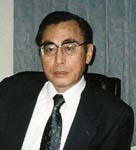 |
Research Team Leader:
Masaru Matsuoka
(Institute of Physical and Chemical Research (RIKEN), Cosmic Radiation
Laboratory) |
The long-term variability as well as transient outbursts of high-energy
astronomical objects from all over the sky will be monitored by this instrument.
This instrument has better detection sensitivity than previous all sky
monitors. It is expected to provide a large amount of useful data to the
astronomical community. Thus this might be a very meaningful research theme.
All-sky X-ray monitoring equipment is scheduled to be mounted in the Kibo
Exposed Facility in the beginning of 2000. Due to a lack of a similar mission
at that time, the observational data will often play a very important role
because many astronomical transient and variable phenomena will be reported
to all the astronomical communities which are making observations using
large telescopes with narrow fields of view in space and on the ground.
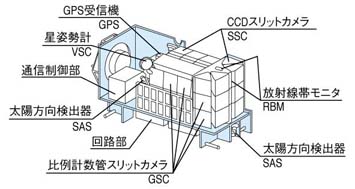
|
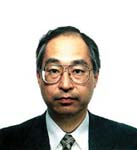 |
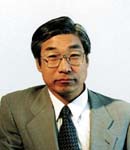 |
Research Team Leader:
Harunobu Masuko
(CRL, Director of Global Environment Division) |
Technology Development Leader:
Junji Inatani
(NASDA, Invited Researcher) |
The mission is to demonstrate a new method of limb emission sounding at
submillimeter wavelengths. The objective is to observe the stratospheric
molecules which play decisive roles in the ozone layer destruction and
global warming. A sensitive submillimeter receiver on board will acquire
global emission data on trace gases such as HO2, NO, ClO and BrO, which
originate from human activities. Chemical processes in the stratosphere
as well as their regional and temporal variations will be revealed. The
instrument adopts several new technologies in space to increase the sensitivity
of those observations, including a superconductivity submillimeter sensor
and a 4-Kelvin closed-cycle refrigerator. The mission technology and observation
data will be important steps towards a more dedicated atmospheric research
mission in the future.
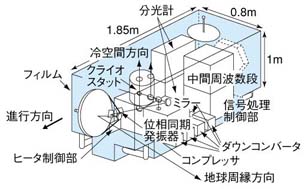 |
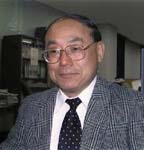 |
Research Team Leader:
Tateo Goka
(NASDA, Senior Engineer) |
The Space Environment Measurement Mission research theme was proposed to
further develop the space environment model. Radiation data, for example,
will be measured by the Space Environment Data Acquisition Equipment (SEDA)
during orbit of the Space Station and integrated into previously observed
data. Gaining a quantitative understanding of these data is essential to
evaluating experimental data and will be useful in designing measurement
equipment. The data collected may lead to further use in related scientific
research.
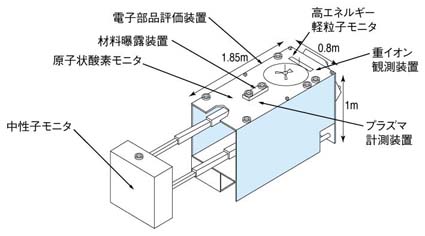 |
| Last Updated : March 13, 2007 |
|
